Design will become an intrinsic part of the agency model: Tanay Kumar
Tanay Kumar, Co-founder, CEO and Chief Strategy Officer, Fractal Ink Linked By Isobar, speaks to Adgully on the growth of Fractal Ink from a team of 7 people in 2010 to 120 people in 2019 and in the process becoming one of India’s Leading UX/UI Agency under his leadership. Fractal Ink is now expanding its wings and has presence in South East Asia and Africa market, where the geography is waking up to the digital revolution.
What does the future of design agencies in India look like? Who are your major competitors?
The biggest competition is the realisation that big agencies have design studios and building capabilities in-house, which could be the death of design agencies. I don’t completely disagree with that, as design is not something which can be done piecemeal.
I need it for three months and then don’t require it that is the mindset that companies get into. It’s a cliché, but Apple is built on design as a philosophy. Steve Jobs laid a great emphasis on design and that is a reason why the company is standing tall – whether the iPhone works or not, I want to own one. The general mindset is that if it is an Apple product, I need to own it irrespective of the features of the phone or the laptop.
When design will be intrinsic to companies and not a service line they would explore, then we will have a major competitor. Our role will then be not just as a pure design studio, but also get into consulting over a period of time. Today, a designer can’t just say – I can build a product and it will become a success. Our role has become that of a guide rather than an implementer, which is the primary role of a consultant.
We are now included in more strategy meetings and boardroom discussions and are involved in making business decisions.
I see design agencies making a move towards a more consultancy-oriented model and there will be opportunities all across. All companies will be able to afford an in-house design team. Our objective is to get entrenched in the company which needs our services.
Although, today there are only 15-20 per cent companies who realise the importance of a design team, that will slowly rise to 40-60 per cent as they see products being built on the back of design.
Going forward, do you see standalone design agencies being acquired by larger media houses?
We are seeing many companies in the domain of design and experience design that are being acquired by large media houses. For example, Lunar by McKenzie, Tech Mahindra acquired a lot of companies, Think Design by Havas Media and many more.
The realisation has already started happening that design will become an intrinsic part of the agency model, where there is Art, Communication, Media and Design. Design thinking is coming to the forefront in all aspects of what we do today. Any strategy, media buying or planning that happens with design thinking at the centre of it is what we call experience design. The philosophy on which design thinking is based is getting embedded in companies today. Media planners are approaching problem statements with design thinking at the core, which I think is a great approach.
How have you used Digital Transformation in India to drive design for clients?
Digital transformation is a very big word and we use it loosely, but for me it is a cultural change and it’s not easy for a human being to change. In a digital transformation cycle, there are various parts. First, you identify what kind of investor you are, whether you are into manufacturing, automobiles, informationor a commerce industry. Based on this, we as a consulting agency on digital transformation do a digital readiness index mapping.
We try to identify all the aspects of your business and rate them on which part is digital ready. Then we identify what needs to be done to make the transformation happen.
Often, digitisation or digital intervention in companies makes certain roles defunct. Jobs may be lost. How does one tackle it? It is not a problem of digitisation, but rather a human problem. Over a period of time, your human resources have grown and have become an impediment to your growth. You either re-skill them or let them go.
Digital transformation is a mindset change. It is not about creating a website or an app, rather, it is about a company transforming into a digital company. When we do the digital transformation consultancy,we try to see whatever low hanging fruit we can approach.
We do workshops with the clients, stakeholders, and employees so that they feelthey are an intrinsic part of the transformation journey. Next week we are conducting a whole workshop with BMC & KPMG on what it means to be digitised.
How are you incorporating Voice/ AI/ Machine learning into design?
These technologies are moving very fast. The premise of AI is to make our decisions easier. AI processes information much faster and make more informed decisions. The biggest problem in India is the lack of authentic data to drive AI. To put any AI into action, you need humongous amount of validated, authenticated data. The data available is so fragmented and non-authenticated that I can’t make a decision based on it. We require a huge amount of discipline in the way we collect and act upon data.
Ethically, a lot of things will change and that might actually bring a lot of disciplines like sociology, quantum psychologists into the picture. Since AI does not have a grounded entity, it doesn’t consider human emotions when making decisions. It takes only data as an entry point and gives decisions based on data.
AI decisions at times lack empathy and that is where ethics will come in. Design thinking will play a crucial role here. How do you build empathy into systems? A question asked all over the world is – ‘Alexa are you married?’ We like to interact with technology as human beings.
A designer has to observe how people will interact with technology and ask ‘can I build empathy or emotion into the system?’








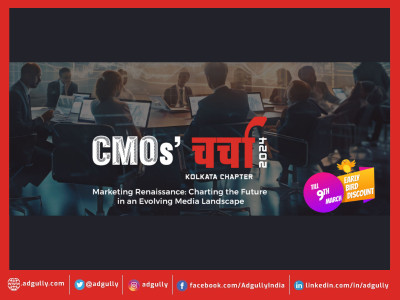
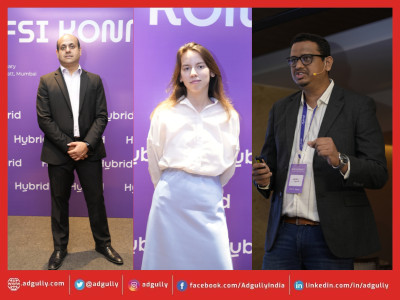

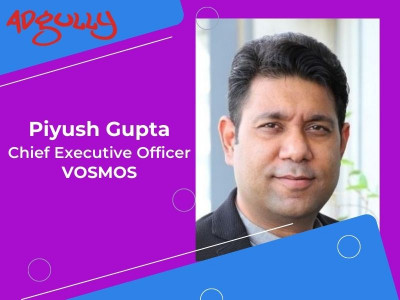

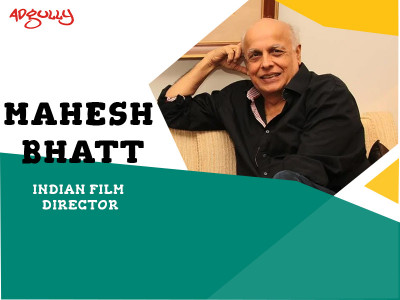
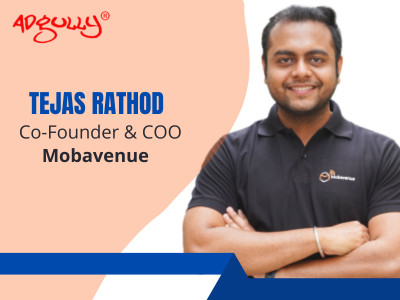



Share
Facebook
YouTube
Tweet
Twitter
LinkedIn